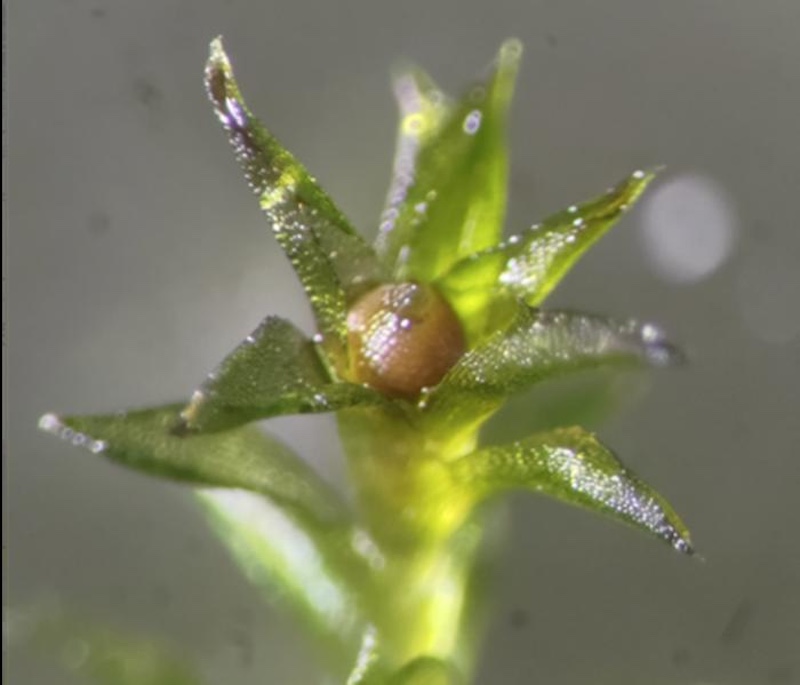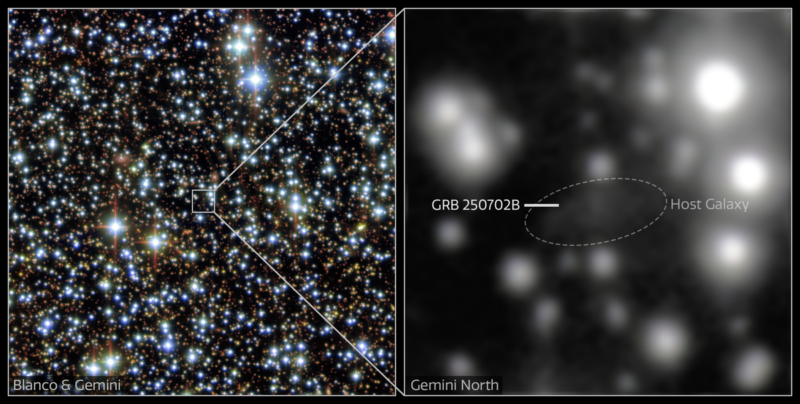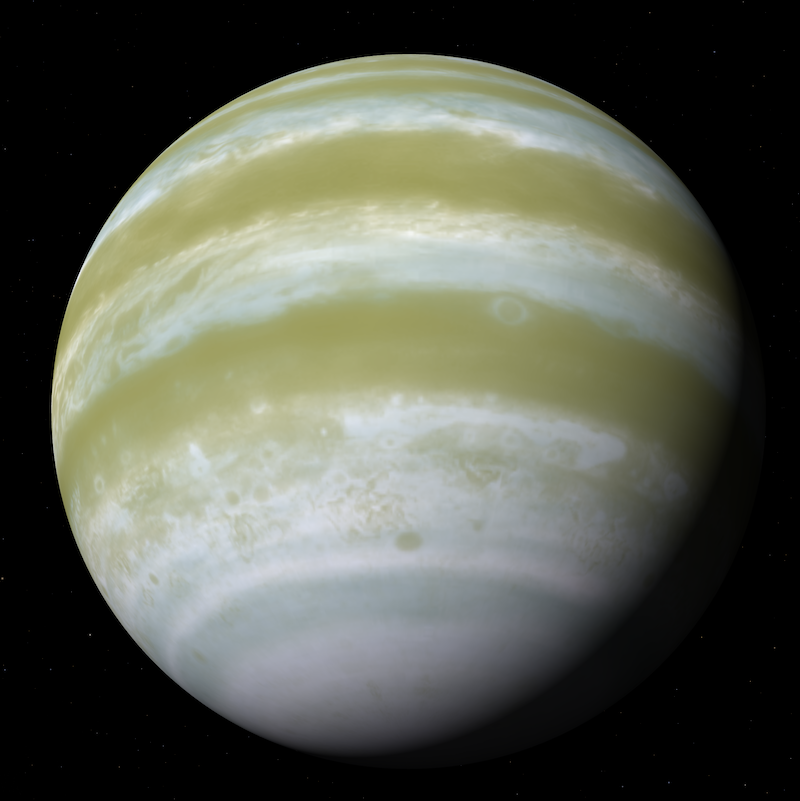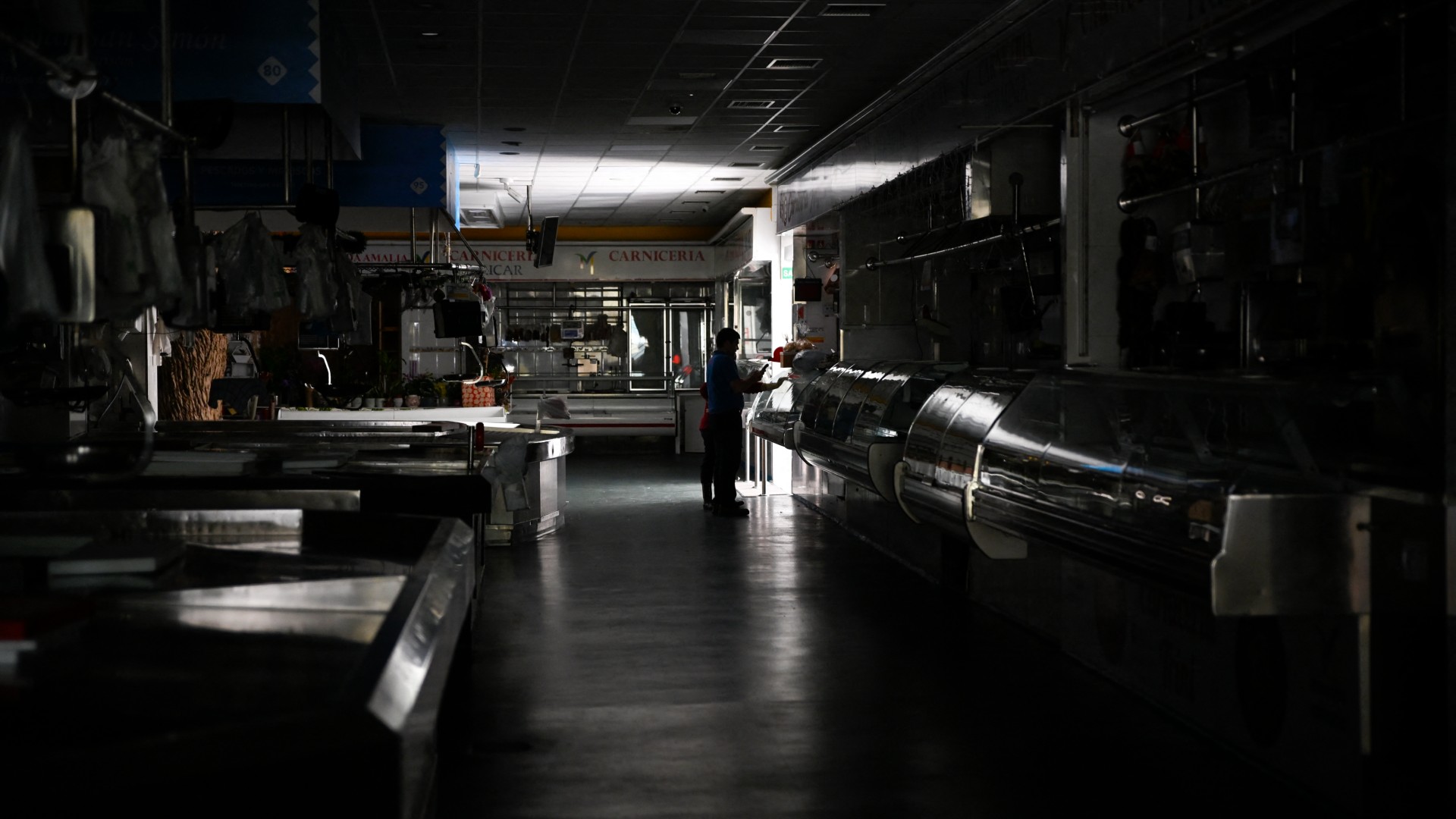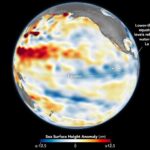Now Reading: 1st discovery of frozen water in young star system
-
01
1st discovery of frozen water in young star system
1st discovery of frozen water in young star system
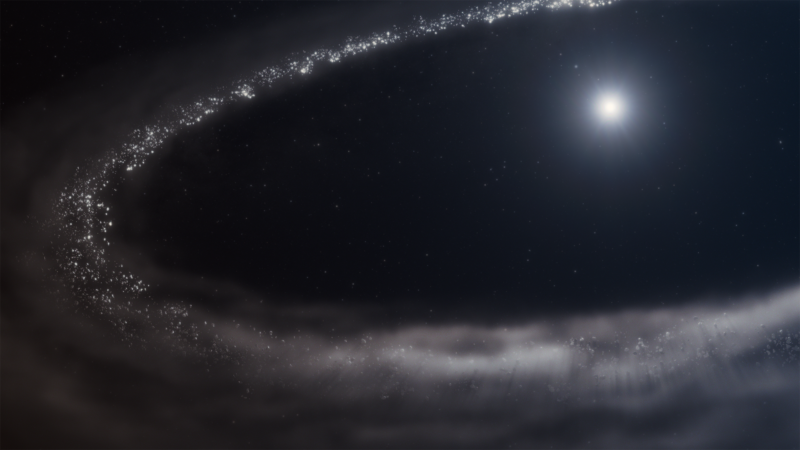

- Researchers have found frozen water around another star. They used NASA’s James Webb Space Telescope to make the discovery.
- The water ice is in a dusty debris disk circling a sun-like star called HD 181327.
- It’s the first discovery of frozen water around another star. Researchers had previously found frozen water on the gas giant planets, dwarf planets, comets and Kuiper Belt objects.
NASA published this original article on May 14, 2025. Edits by EarthSky.
1st discovery of frozen water in young star system
Is frozen water scattered in systems around other stars? Astronomers have long expected it is, partially based on previous detections of its gaseous form, water vapor, and its presence in our own solar system.
Now there is definitive evidence: Researchers confirmed the presence of crystalline water ice in a dusty debris disk that orbits a sun-like star 155 light-years away using detailed data known as spectra from NASA’s James Webb Space Telescope. (The term water ice specifies its makeup, since many other frozen molecules are also observed in space, such as carbon dioxide ice, or “dry ice.”) In 2008, data from NASA’s retired Spitzer Space Telescope hinted at the possibility of frozen water in this system.
Chen Xie is the lead author of the new paper and an assistant research scientist at Johns Hopkins University in Baltimore, Maryland. Xie said:
Webb unambiguously detected not just water ice, but crystalline water ice, which is also found in locations like Saturn’s rings and icy bodies in our solar system’s Kuiper Belt.
All the frozen water Webb detected is paired with fine dust particles throughout the disk, like itsy-bitsy dirty snowballs. The researchers published their peer-reviewed paper in the journal Nature on May 14, 2025.
Definitive proof of frozen water beyond our solar system
Astronomers have been waiting for this definitive data for decades. Co-author Christine Chen of the Space Telescope Science Institute in Baltimore said:
When I was a graduate student 25 years ago, my advisor told me there should be ice in debris disks, but prior to Webb, we didn’t have instruments sensitive enough to make these observations. What’s most striking is that these data look similar to the telescope’s other recent observations of Kuiper Belt objects in our own solar system.
Water ice is a vital ingredient in disks around young stars. It heavily influences the formation of giant planets. And it may also be delivered by small bodies like comets and asteroids to fully formed rocky planets. Now that researchers have detected water ice with Webb, they have opened the door for all researchers to study how these processes play out in new ways in many other planetary systems.
Rocks, dust and ice rushing around
The star, cataloged HD 181327, is significantly younger than our sun. It’s around 23 million years old, compared to the sun’s more mature 4.6 billion years. The star is slightly more massive than the sun. And it’s hotter, which led to the formation of a slightly larger system around it.
Webb’s observations confirm a significant gap between the star and its debris disk, a wide area that is free of dust. Farther out, its debris disk is similar to our solar system’s Kuiper Belt, where dwarf planets, comets and other bits of ice and rock are found (and sometimes collide with one another). Billions of years ago, our Kuiper Belt was likely similar to this star’s debris disk.
Chen said:
HD 181327 is a very active system. There are regular, ongoing collisions in its debris disk. When those icy bodies collide, they release tiny particles of dusty water ice that are perfectly sized for Webb to detect.
Frozen water almost everywhere
Water ice doesn’t spread evenly throughout this system. The majority is where it’s coldest and farthest from the star. Xie said:
The outer area of the debris disk consists of over 20% water ice.
The closer in the researchers looked, the less water ice they found. Toward the middle of the debris disk, Webb detected about 8% water ice. Here, it’s likely that frozen water particles are produced slightly faster than they are destroyed. In the area of the debris disk closest to the star, Webb detected almost none. It’s likely that the star’s ultraviolet light vaporizes the closest specks of water ice. It’s also possible that rocks known as planetesimals have “locked up” frozen water in their interiors, which Webb can’t detect.
What’s next?
This team and many more researchers will continue to search for — and study — water ice in debris disks and actively forming planetary systems throughout our Milky Way galaxy. Xie said:
The presence of water ice helps facilitate planet formation. Icy materials may also ultimately be ‘delivered’ to terrestrial planets that may form over a couple hundred million years in systems like this.
The researchers observed HD 181327 with Webb’s Near-Infrared Spectrograph (NIRSpec). This instrument is super-sensitive to extremely faint dust particles that scientists can only detect from space.
Bottom line: Researchers have discovered frozen water in another star system for the first time. They used the Webb space telescope to find the water ice in a dusty debris disk.
Source: Water ice in the debris disk around HD 181327
The post 1st discovery of frozen water in young star system first appeared on EarthSky.
Stay Informed With the Latest & Most Important News
Previous Post
Next Post
-
 012024 in Review: Highlights from NASA in Silicon Valley
012024 in Review: Highlights from NASA in Silicon Valley -
 02Panasonic Leica Summilux DG 15mm f/1.7 ASPH review
02Panasonic Leica Summilux DG 15mm f/1.7 ASPH review -
 03From Polymerization-Enabled Folding and Assembly to Chemical Evolution: Key Processes for Emergence of Functional Polymers in the Origin of Life
03From Polymerization-Enabled Folding and Assembly to Chemical Evolution: Key Processes for Emergence of Functional Polymers in the Origin of Life -
 04How New NASA, India Earth Satellite NISAR Will See Earth
04How New NASA, India Earth Satellite NISAR Will See Earth -
 05And Thus Begins A New Year For Life On Earth
05And Thus Begins A New Year For Life On Earth -
 06Astronomy Activation Ambassadors: A New Era
06Astronomy Activation Ambassadors: A New Era -
07SpaceX launch surge helps set new global launch record in 2024












